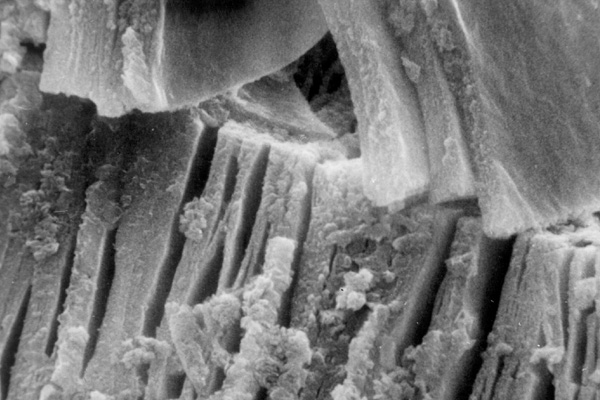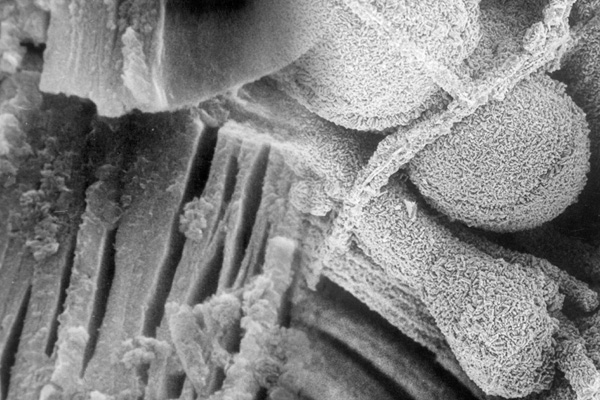- Log in
- Registration
- Contact
- Career
- Shopping
Medicinal preparation Enteral products Kaffe, Te Dental care Xan - Nabis CBD oil body spray Xan - generation Face masks Face cream Xan - generation Body lotions Xan - generation Hand cream Xan - generation Vorbeugende Cremes Soaps Shower gels Bath-salts Bath filters Shampoo Body scrubs Talcum powders Xan - generation Clay wrappings Xan - generation plant care Household Record Official copies for purchase
- Zeolites
- About Us

as special mining ground of the Carpathian Basin
The Tokaj Mountains, which rise in the triangle of Szerencs, Sátoraljaújhely and Gönc, spreading to the east and the south-west, on the border of the Great Hungarian Plain and the ring of
the Carpathians are a very complex but still homogenous landscape. This region carries not only the hybridization of the earth’s crust but also a blending of flora, fauna and people
The mountain range on the border of the Great Hungarian Plain is a special volcanic product of a deep structure fault line, which came into being 11-13 million years ago. Its rocks include
the materials of the 6-10 kilometre thick layer of the earth’s crust. This extraordinary composition and the morphological border position make the 'edge' of the Great Hungarian Plain, aka
the Tokaj Mountains a special part of our national territory.
In respect of plant geography, walnut trees, grapes, blackthorns, hips and thornapples are characteristics of the indigenous trees and shrubs which have an agricultural significance at the
foot of the mountains.
The post-volcanic processes brought on 26 variants of 13 mineral raw materials in the region. These raw materials are easily accessible by mining in the morphological basin, which is open
to the south and the south-west; they provide a steady basis for present and future mining with circa half a billion tons of mineral resources. The region of the mountains has been playing
a role in the economic development of the Carpathian Basin since the dawn of humanity up to the present day. Based on fossils, prehistoric man made his tools from the limnic quartzite of
the 13-million-year-old thermal springs. Concerning these fossils, the ochre of the mountains is also significant. Obsidian was used as flint arrowheads in the Stone Age. In the Middle
Ages, humankind used silicified volcanites, for example, as millstones.
At the end of the Middle Ages, Thomas Hutnik, the craftsman of Reigning Prince Rákóczi developed pearlite-based glass-making. His products have a natural connection to the viticulture
whose development was in progress at the time. The bases of Sárospatak, Gönc and Hollóháza pottery were laid out by modern adobe made in the mountain region.
In modern times, after laying out the country’s boundaries with the treaty of Trianon, in the remaining Hungarian territories, engineers and experts started to promote the mining of
special minerals which were not available or were scarce in other regions of the country. Bentonite (which was originally named estonite in technical literature before Ford Benton) made
its entrance as a raw material and thus began a renaissance of ceramic raw materials and stone mining for road construction.
After World War II, the development of our heavy industry was politically supported, so Tokaj-Hegyalja fire-clay and rhyolite tuff took their turn and perlite was rediscovered as a
building material after being used in manufacturing wine bottles. It is a thing of interest that these minerals occur in the aforementioned viticulture regions, thus indicating that an
excellent quality wine-producing area needs to be a rich volcanic area.
Humanity, as the main consumer of mineral raw materials, has been using the natural mineral materials of the mountains for constructing purposes since ancient times. In the time of Saint
Stephen, in the construction of churches, later in the construction of public buildings of bigger cities and in the 20th century in the developing s('LOCAL') construction of homes, the
volcanic tuff-based building materials from Tokaj-Hegyalja played an important role.
n the last decades of the past century, the effects of minerals on soil, plants, animals and humans played a special role in settlements which were haracterized by industry and a growing
population. Nowadays, more than 150 different kinds of mineral products provide help for soil improvement, plant protection, livestock farming and last but not least, to human health-care.
In the region of the Tokaj Mountains, there lives a specially mixed population of Polish (from the north), Slovakian, Ruthenian, Russian and Ukrainian (from the east) and Swabian (from the
west) immigrants and native Hungarian people, which makes the region a very particular area with a thoroughly hybridized population. This hybridization of the historical development’s
groups of people complements the extraordinary mineral and floral world. It is not a recent but an old popular observation that hybrids are always more resistant and they are able to adapt
themselves to different conditions, unlike homogenous types.
Zeolithic rhyolite tuff is the special rock of Tokaj-Hegyalja. This kind of rock is a result of 13 million years of acidic explosive volcanism’s crumbling. It became a mineral raw material
in the 1950s as a basic material in the cement industry and in the 1970s as a rock containing minerals rich in bio trace-elements.
The s('LOCAL') value of the recognition is indicated by the first Zeolite Conference that was held in Mád in 1978 with the participation of American, Japanese, Slovakian, Bulgarian and
Russian academics. Representatives of MTA (Hungarian Academy of Science), Hungarian vets, medical doctors and geologists who took part in the research also joined the conference
spreading the news about the results all over the world
Rhyolite tuff is the uppermost volcanic product of the earth’s crust. Zeolithic rhyolite tuff is made due to an epigenetic effect, a rock, the product of acidic explosive Mediterranean or
Pacific magma provinces. Its formation requires special circumstances; the purity of its composition considerably depends on its place of occurrence.
Rhyolite tuff is the uppermost volcanic product of the earth’s crust. Zeolithic rhyolite tuff is made due to an epigenetic effect, a rock, the product of acidic explosive Mediterranean or
Pacific magma provinces. Its formation requires special circumstances; the purity of its composition considerably depends on its place of occurrence.
Biogenic gas adsorption:
The peculiar inner structure of natural zeolites is suitable for a quick, reversible adsorption of CO2,
NH3, H2S, SO2
and H2O molecules. Therefore, for example 1 g of suitably processed grist of zeolite content can
adsorb nearly 100 ml of regular ammonia.
Ion exchange:
The inner pore space is electrostatically unbalanced. Its cations can be exchanged in the affinity order of cations. By doing so, they can take part in the metabolism of living organisms;
they can contribute to the ion exchange of cells and tissues, in plants by root-hairs and in animals on the surface of the digestive system.
Bacteria absorbance:
Certain pathogenic species of bacteria link extremely strongly to zeolite structures. Therefore, for instance, zeolite suspension is suitable to inhibit the embryonic stages of
staphylococcus or E-coli bacteria contents. Thus natural zeolites can have a function not only in industrial livestock farming, but also in solving current problems of human health care.
Beside their absorbance, the ion exchange of zeolites is capable to cause membrane disruption in the cell membranes of certain bacteria. This membrane disruption inhibits the embryonic
stages of meningococcus and streptococcus, for example. Therefore, natural zeolites can offer new, selective ways of disinfection.
Anti-parasite effect:
The gametes or oocysts of certain parasites suffer membrane disruption in their cell wall when contacting zeolite crystals. Subsequent to a few hours of zeolite treatment, the gametes of
certain parasites are unable to enter the embryonic stages and they die. Therefore, with zeolites, one can easily tackle human and animal health care problems without using chemicals or
other foreign substances.
Bio-coherence:
Zeolites are mineral systems formed in low pressure and temperature; they are substantial attributes and necessary parts of the environment of the earth’s living material. The bacterial
flora of living organisms is resistant to zeolite minerals. These minerals can be ingested without damaging living organisms and their systems. This property not only ranks zeolite
minerals as coherent substances, but it also makes them suitable for use both in the pharmaceutical and food industry.
Content of bio, trace and rare elements
The acidic volcanic glass that inevitably accompanies zeolites contains a whole range of biologically significant trace elements. These elements, which are important for living organisms,
can be extracted from zeolite rocks. Both developing tastes and aromatic substances and treatments of trace element deficiencies of the nervous system can be based on this characteristic
feature.
In terms of the production of health care and beauty treatment products, clay mineral occurrences of limnic genetics are indispensable. Kaolin, bentonite and illite occurrences are made as
a result of post-volcanic activity, as subaquatic accumulation of acidic volcanic rocks’ silt detritus. From a physiological aspect, the loose silicate structure of clay minerals with its
hydroxide radicals and the loosely bonded cations between its silicate layers play a very important role.
By the aid of zeolites and clay minerals found in the Mád region, dermatological pastes, body scrubs, lotions, shower gels, special toothpastes and enteral medical powders can be
produced. With our special product, we set the minerals that were present at the origins of life on duty for modern man.
Compiled in 2014, from the thoughts of Dr Ernő Mátyás








 web:
web: